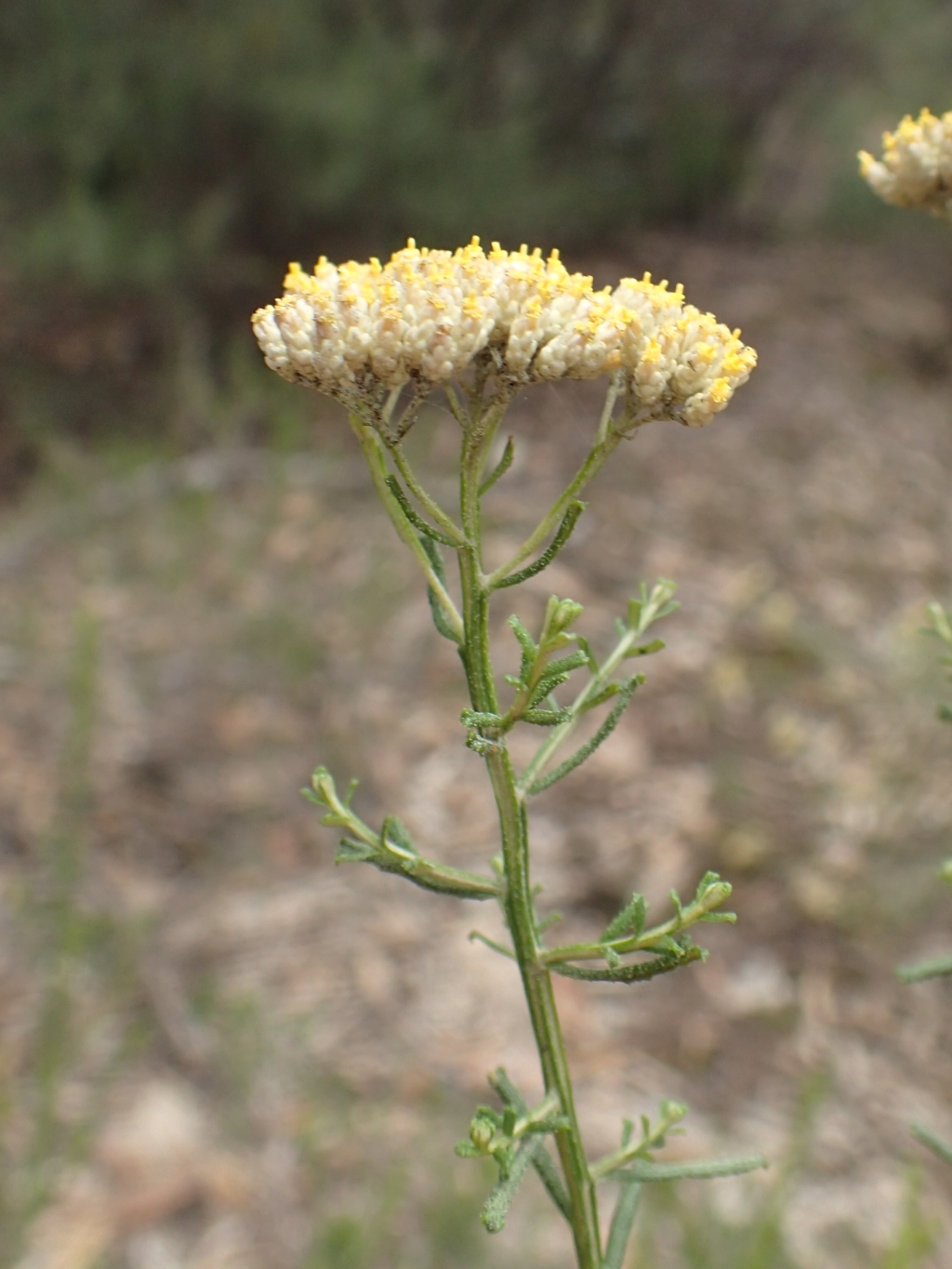Cassinia diminuta
Dwarf CassiniaAustralian Systematic Botany 17: 510 (2004)
Taxonomic status
Accepted
Occurrence status
Present
–
endemic
Origin
Native
Degree of establishment
Native
Threat status
FFG:
Endangered (EN)

